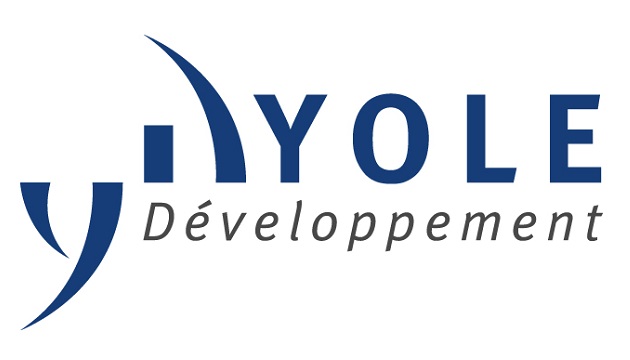Emerging non-volatile memory (NVM) was long restricted to niche applications because of poor scalability, high cost, and a lack of support from major memory makers. But in 2015, after more than 15 years in development, the first PCM-based technology for storage-class memory applications was presented by Micron and Intel: its name, 3D XPoint.
However, it took these companies another two years before introducing their first commercial products. Two years after, Intel introduced Optane SSDs and storage accelerators. Developments should not stop there as persistent memory modules, the Optane DIMMs are expected in 2019.
“3D XPoint sales have finally accelerated thanks to Intel’s dominant position in the enterprise processor business,” comments Simone Bertolazzi, PhD, Technology & Market Analyst at Yole Développement (Yole). “Optane DIMMs will be sold in combination with the latest generation of Intel’s Xeon server processors.”
Samsung and Toshiba’s prompt response to Intel Optane consists of 3D NAND-based SCM solutions: Z-NAND and XL-Flash, respectively. However, these technologies will be used in enterprise SSDs – with performance limited by the interface – and will not compete in terms of speed with DDR4-compatible Optane DIMMs…
ENVM technology trends and industry evolution will be presented during an online event powered by Yole. “Challenges and strategies for mass adoption of emerging NVM technologies” webcast takes place on January 24, 2019 at 5 PM CET – 8 AM PDT. During one hour, Simone Bertolazzi, PhD, Technology & Market analyst, Memory Research at Yole will point out the status of the ENVM industry. Yole’s webcast provides an overview of stand-alone and embedded eNVM technologies/markets, covering their current status and evolution. Join Yole’s event to get a better understanding of memory market trends from several perspectives, including market & technology and competitive dynamics.
In the embedded business, the top foundries are the key decision makers: they can promote the adoption of new embedded NVM in applications such as MCUs or cache memory. Therefore, it is critical for IP memory companies to convince foundries to develop edge-node (28/22nm) technology platforms for emerging NVM, a goal that has already been achieved by STT-MRAM players. In fact, RRAM has been adopted at 22nm by TSMC, but other foundries are hesitating to scale down to 28/22nm…
In addition to the webcast taking place by the end of January, Simone Bertolazzi from Yole will attend next week the 2019 Joint MMM-Intermag (Jan. 14-18 in Washington, USA) to meet and discuss with the leaders of the ENVM industry.








